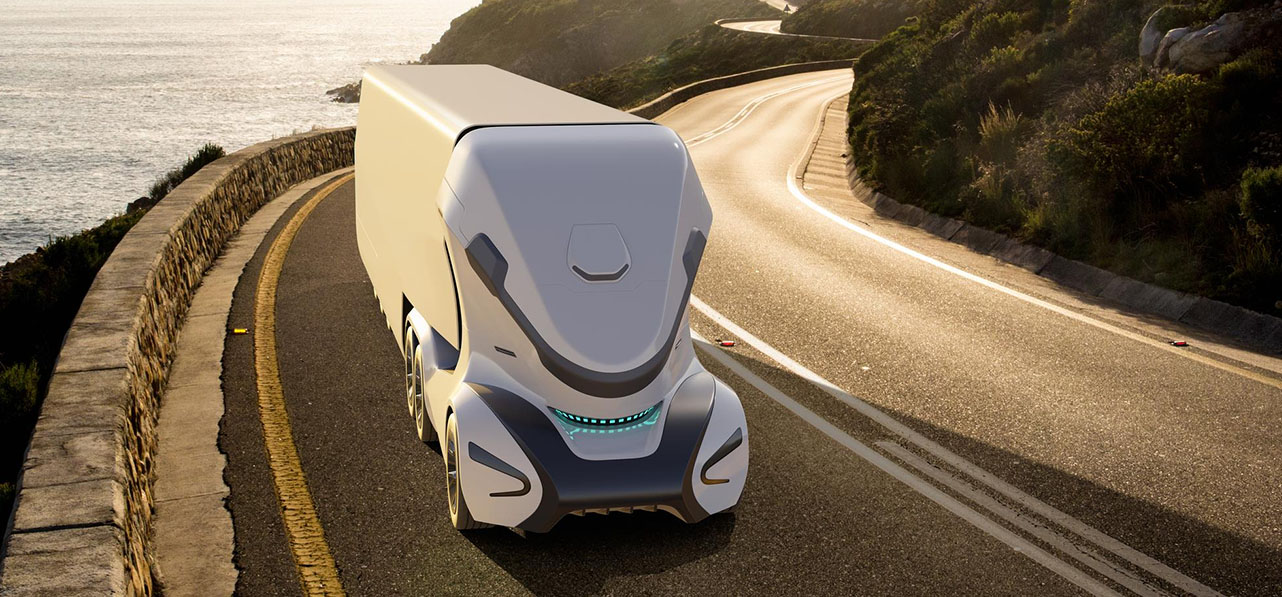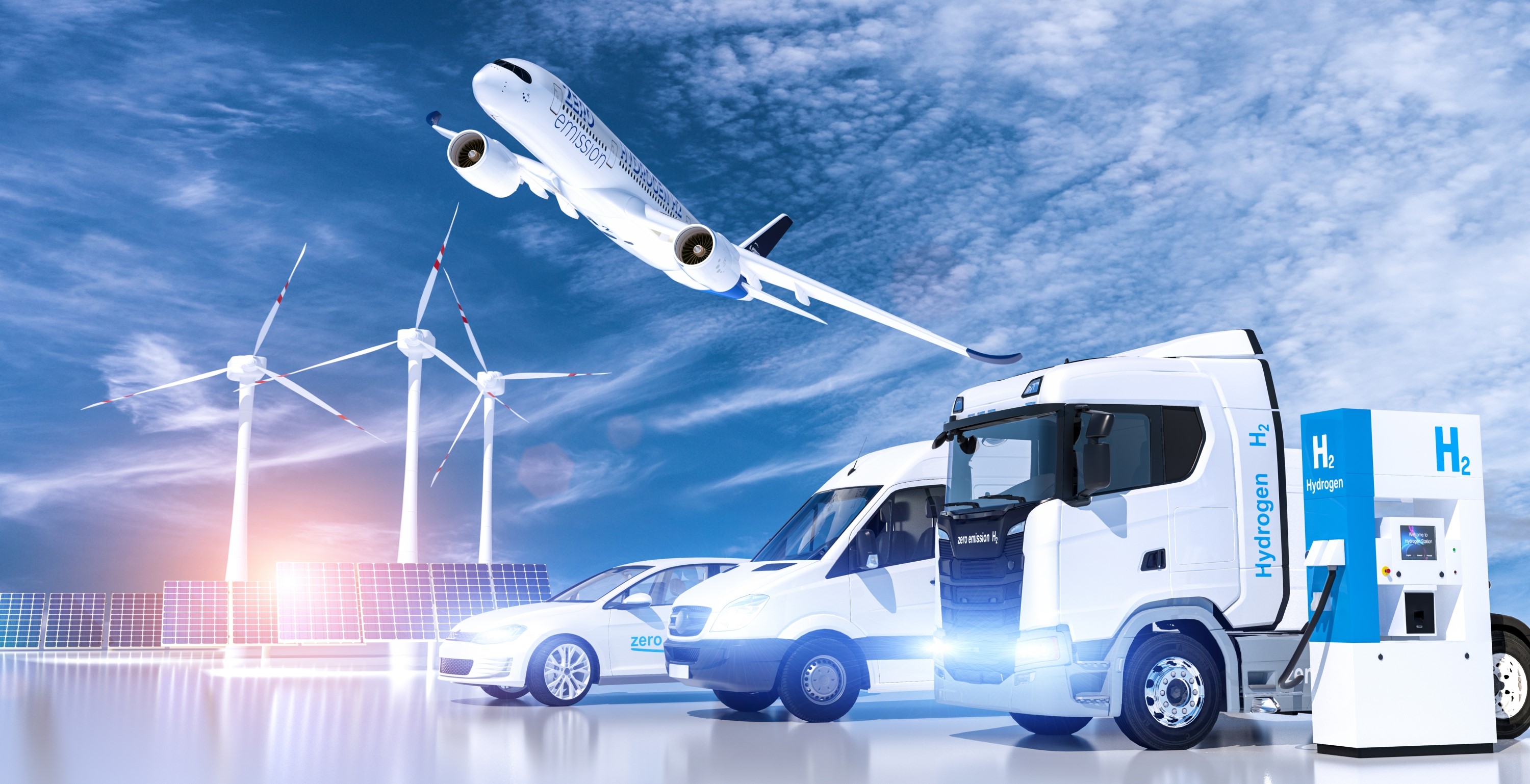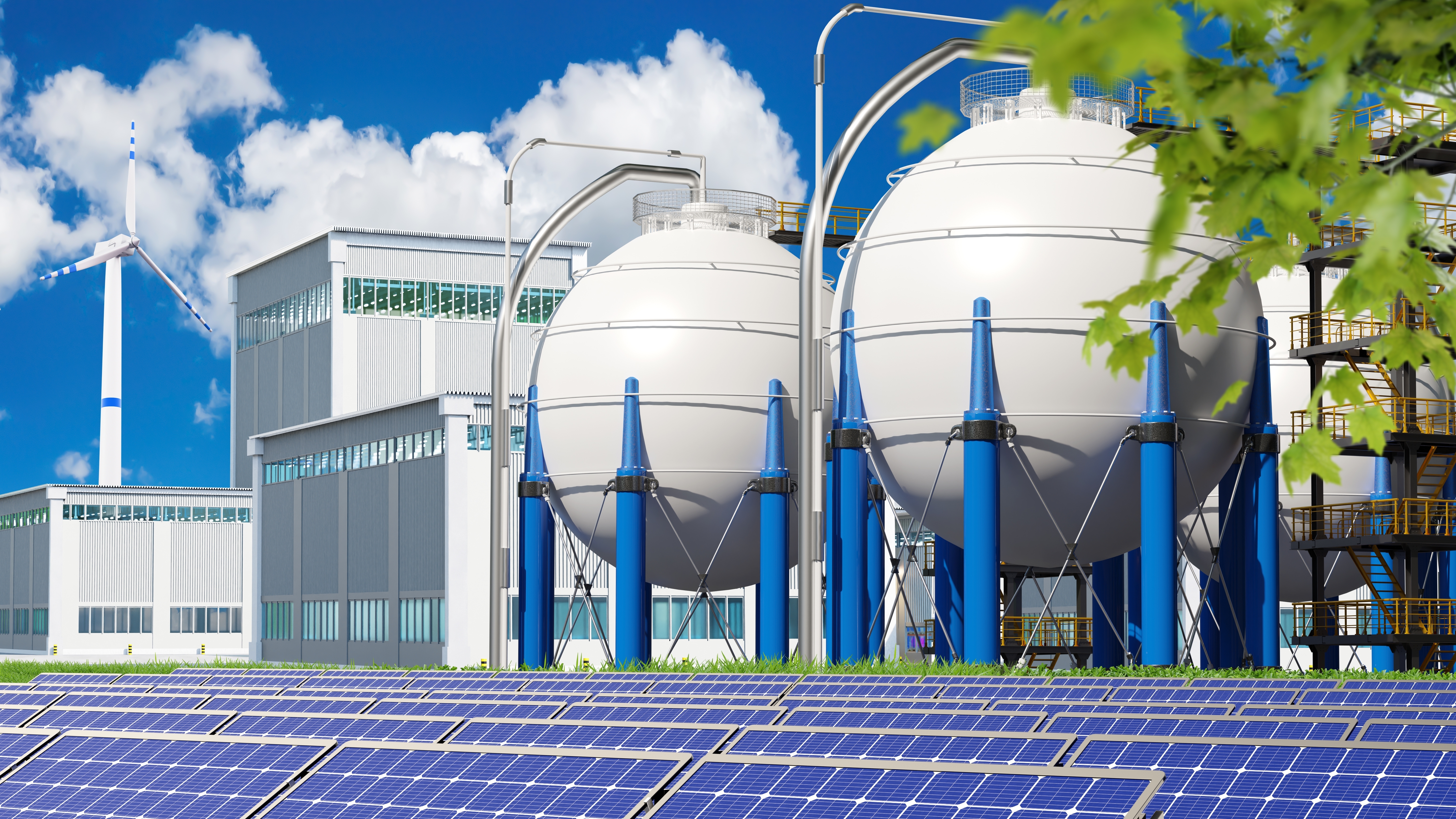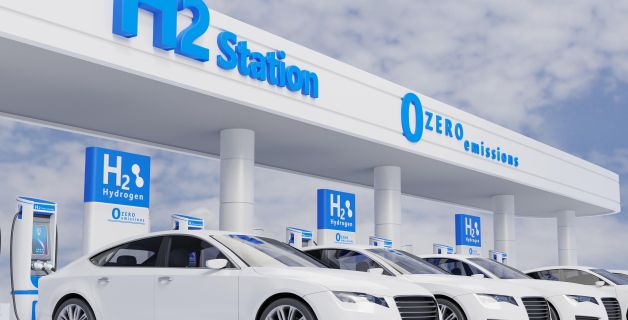Featured Articles
2022-07-08
Obvious signs of a sudden increase in hydrogen stations after 2020
 China's hydrogen refueling stations serve mainly heavy vehicles such as buses, logistics vehicles and trucks.
China's hydrogen refueling stations serve mainly heavy vehicles such as buses, logistics vehicles and trucks.The history of automobile development has been more than a hundred years. Even though there are pollution problems in traditional fuel vehicles, the long-term accumulated experience has built a complete industrial supply from oil refining, transportation, gas stations, component supply, assembly, sales, maintenance and recycling chain, creating a mature operating mechanism. Like fuel vehicles, hydrogen energy vehicles rely on external energy to fill. If the supply chain inherits the current automobile industry model, the existing convenience can be maintained. However, in the past, the application of hydrogen fuel was mostly concentrated in industrial use, and the output was limited, which made the cost expensive. To cope with the huge consumption of automobiles and the existing gas station model, the problems of production and infrastructure must be solved. Fortunately, major countries in the world have regarded hydrogen energy as the most important strategic policy of the country, which has gone beyond the application in the automobile market, so they have invested a lot of resources in development. On the other hand, the petrochemical industry is increasingly under the pressure of zero carbon emissions, coupled with the necessity of following national policies, they have invested in the development and infrastructure of hydrogen energy, and sought various possible combinations of different industries. In the long run, the price-competitive hydrogen energy will not only be expected, but will also drive infrastructure construction such as hydrogen refueling stations.
According to H2 Stations.org, there are 560 hydrogen refueling stations worldwide in 2020. In 2021, 142 newly established hydrogen refueling stations will be put into operation, with a total of 685 stations; among which there are 363 hydrogen refueling stations in Asia, including 159 in Japan, 95 in South Korea, 105 in China, and 228 in Europe. Hydrogen refueling stations, of which 101 are located in Germany, followed by France, with 41; there are 86 hydrogen refueling stations in North America, most of which are located in California, with 60. At the same time, another 252 hydrogen refueling stations in planning have been confirmed to be set up one after another. A total of 33 countries or regions have established hydrogen refueling stations. From 2013 to 2019, the annual increase in the number of hydrogen refueling stations in the world has grown slowly, and most of them are less than 50; after 2020, the annual increase will exceed 120, and it is expected to exceed 200 in 2022. This trend is enough to show that hydrogen energy is receiving more and more attention, making the effect of fueling the waves more obvious.
white paper on the development of China's hydrogen refueling station construction and operation industry (2021) jointly released by research institutions EVTank and Ivey Economic Research Institute and China Battery Industry Research Institute predicts that the number of hydrogen refueling stations in China will exceed 1,000 in 2025, and by 2035 even more than 5000 units. 2018 is regarded as the first year of the development of China's hydrogen energy industry which has gradually been paid attention to; from 2016 to 2019, the number of completed hydrogen refueling stations has doubled, and 51 will be built in 2020, an increase for 10 from 2019, with a total of more than 110; 90 more will be built in 2021. Among them, Guangdong has the largest number of hydrogen refueling stations, with a total of more than 35, followed by Shandong and Jiangsu. In January 2022, Chinese media announced that it has accumulated more than 190 hydrogen refueling stations of various types, and more than 157 hydrogen refueling stations have been opened, surpassing Japan and ranking first in the world. China's hydrogen refueling stations serve mainly heavy vehicles such as buses, logistics vehicles and trucks, which are for commercial or public use.
According to the report of Korea Today Currency in August 2021, in order to achieve the goal of carbon neutrality by 2050, the Korean government will promote the popularization of hydrogen vehicles, and actively build hydrogen energy infrastructure. By 2025, a total of 450 hydrogen refueling stations will be installed. The California government in 2016 directed that 200 hydrogen refueling stations would be in operation by 2025. Judging from this trend, after 2020, countries will accelerate the installation of hydrogen refueling stations more significantly than before.
References
- H2Stations.org statistics by LBST
- Web Cartop, 2022-03-22, Naoji Mihori , ヒョンデがネッソを Invest in the era of FCV ! The fundamental problem of water element ステーションのNumber が「増やせない」とは
- Electrive.com, 2021-12-06, Carrie Hampel, S.Korea builds charging and H2 stations
- Electrive.com, 2022-03-29, Carrie Hampel, H2 Mobility to increase hydrogen refuelling network
- PetrolPlaza, Pablo Plaza, 2021-01-21, HysetCo to run 20 hydrogen stations in Paris by 2024
- 氫啟未來, 2022-01-03,中國加氫站建設數量已經超越日本,正式躍居世界首位
- glpautogas.info, Hydrogen Stations in France in May 2022



